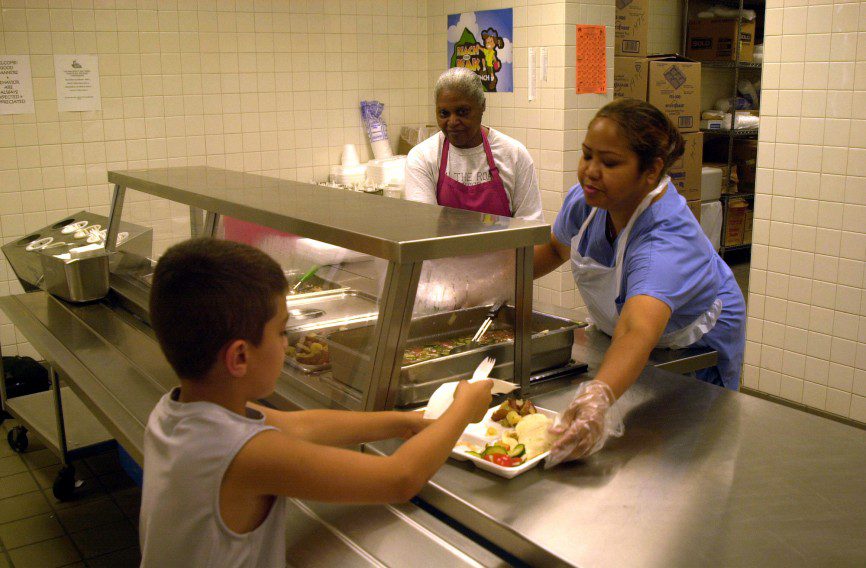

- #SOUL WORKER PRIVATE SERVER FORMS CODE#
- #SOUL WORKER PRIVATE SERVER FORMS SERIES#
In Alikhani’s mind, there was no other choice. The couple, like many restaurant owners, pushed through, and last month, Sofreh Café opened for business. in Bushwick, they couldn’t have known that their new teahouse, Sofreh Café, would end up being delayed for more than a year because, well, the entire world was about to transform completely.
As the browser builds the DOM tree and applies the styles from the CSSOM tree and executes the JavaScript, a visual representation of the page is painted to the screen, and the user sees the page content and can begin to interact with it.Every restaurant opening experiences unintended delays, but when Nasim Alikhani and Akis Petroulas signed a lease at 252 Varet St. The browser generates an in-memory DOM tree from the parsed HTML, generates an in-memory CSSOM structure from the parsed CSS, and compiles and executes the parsed JavaScript. As the browser parses the HTML, it sends requests back to the server for any CSS files it has found from elements, and any JavaScript files it has found from elements, and from those, then parses the CSS and JavaScript. The browser parses the HTML file first, and that leads to the browser recognizing any -element references to external CSS stylesheets and any -element references to scripts. It’s important to know the order in which those files are parsed by the browser as the browser loads the page: When browsers send requests to servers for HTML files, those HTML files often contain elements referencing external CSS stylesheets and elements referencing external JavaScript scripts. Order in which component files are parsed The browser assembles the small chunks into a complete web page and displays it to you (the goods arrive at your door - new shiny stuff, awesome!). If the server approves the client's request, the server sends the client a "200 OK" message, which means "Of course you can look at that website! Here it is", and then starts sending the website's files to the browser as a series of small chunks called data packets (the shop gives you your goods, and you bring them back to your house). This message, and all other data sent between the client and the server, is sent across your internet connection using TCP/IP. The browser sends an HTTP request message to the server, asking it to send a copy of the website to the client (you go to the shop and order your goods). The browser goes to the DNS server, and finds the real address of the server that the website lives on (you find the address of the shop). When you type a web address into your browser (for our analogy that's like walking to the shop): Assets: This is a collective name for all the other stuff that makes up a website, such as images, music, video, Word documents, and PDFs. Code files: Websites are built primarily from HTML, CSS, and JavaScript, though you'll meet other technologies a bit later.Component files: A website is made up of many different files, which are like the different parts of the goods you buy from the shop.This is like the language you use to order your goods.

HTTP: Hypertext Transfer Protocol is an application protocol that defines a language for clients and servers to speak to each other.This is like looking up the address of the shop so you can access it. The browser needs to find out which server the website lives on, so it can send HTTP messages to the right place (see below). When you type a web address in your browser, the browser looks at the DNS to find the website's real address before it can retrieve the website. DNS: Domain Name Servers are like an address book for websites.In our example, this is like a car or a bike (or however else you might get around). This is like the transport mechanisms that let you place an order, go to the shop, and buy your goods. TCP/IP: Transmission Control Protocol and Internet Protocol are communication protocols that define how data should travel across the internet.It's basically like the street between your house and the shop. Your internet connection: Allows you to send and receive data on the web.

In addition to the client and the server, we also need to say hello to: On the other end of the road is the server, which is a shop you want to buy something from. On one end of the road is the client, which is like your house.

There are many other parts involved, and we'll describe them below.įor now, let's imagine that the web is a road. The client and server we've described above don't tell the whole story.








 0 kommentar(er)
0 kommentar(er)
